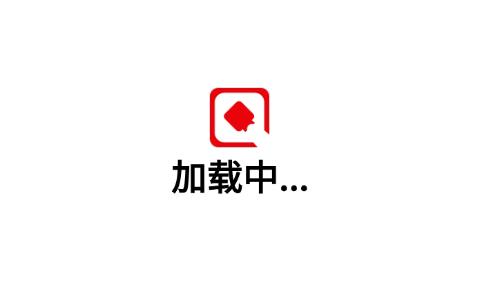
I. Strict screening of specialized third partiesinspection company
II. Adequate pre-inspection preparations
Third, the implementation of scientific and standardized inspection process
1. Quantity checks:
Accurate counting of product quantity is the first part of on-site inspection. Inspection personnel need to be based on the order contract, packing list and other documents, the entire batch of goods by box or piece by piece count, to ensure that the number of products with the agreement.
2. Exterior style check:
The goods inspector will check the surface of the product in all directions to see if there are scratches, stains, deformation, color difference and other defects, and at the same time, check whether the product's color matching and pattern printing are clear and accurate, in line with the design requirements. In the case of ceramic tableware, for example, it is necessary to check whether the glaze is smooth and flat, with or without bubbles and cracks, and whether the pattern is complete, without fuzzy or misplaced phenomenon, to ensure that the appearance of the product meets the sales standards and enhance the consumer's purchasing experience.
3. Package inspection:
The inspection personnel will check the quality of the packaging materials, such as the hardness and moisture resistance of the carton, the thickness and toughness of the plastic bag, etc., to ensure that the packaging can effectively protect the product during transportation and storage. At the same time, check the integrity of the packaging, whether there are signs of breakage and opening, and whether the labeling information on the packaging is clear and accurate, including product name, model, specifications, instructions for use, etc., to ensure that the product meets the packaging specifications for market sales.
4. Box mark inspection:
Mark is the transportation mark on the package of the goods, which contains the basic information of the goods and the transportation requirements. Cargo inspectors carefully check the contents of the mark, such as consignee, consignor, destination, cargo number, number of pieces and other information is consistent with the order and transportation documents, to ensure that the goods can be accurately sorted and delivered in the transportation process, to avoid misdirection of goods due to errors in the mark, loss of goods and other issues.
5. Drop test:
Drop tests are conducted to simulate the impacts that products may receive during transportation and handling. Depending on the type, weight and packaging of the product, the product is dropped freely from a certain height onto a specified surface, such as a concrete floor, wooden board, etc., in accordance with the appropriate standards. After the test, the product is checked for damage, loose parts or functional failure. For example, for electronic products such as cell phones and tablet PCs, drop tests are used to check the robustness of their shells and the stability of their internal components to ensure the reliability and safety of the products during normal use.
6. Product style check:
Double-check the product style for accuracy against product design drawings, samples or technical specifications. This includes the overall structure of the product, its shape, and the way the components are connected. In the case of furniture products, for example, it is necessary to check whether the style is consistent with the style customized by the customer, and whether the splicing of the components is tight and reasonable, so as to ensure that the product meets the market demand and customer expectations.
7. Measurement tests:
Use professional measuring tools, such as calipers, micrometers, tape measures, etc., to accurately measure key dimensions of the product. Compare the measurement results with the product specification requirements to determine whether the product dimensions meet the standards. For example, for mechanical parts, their dimensional accuracy directly affects the assembly and operation of the equipment. Through strict measurement tests, we ensure that the dimensional errors of the parts are within the permissible range, and safeguard the performance and quality of the products. 


